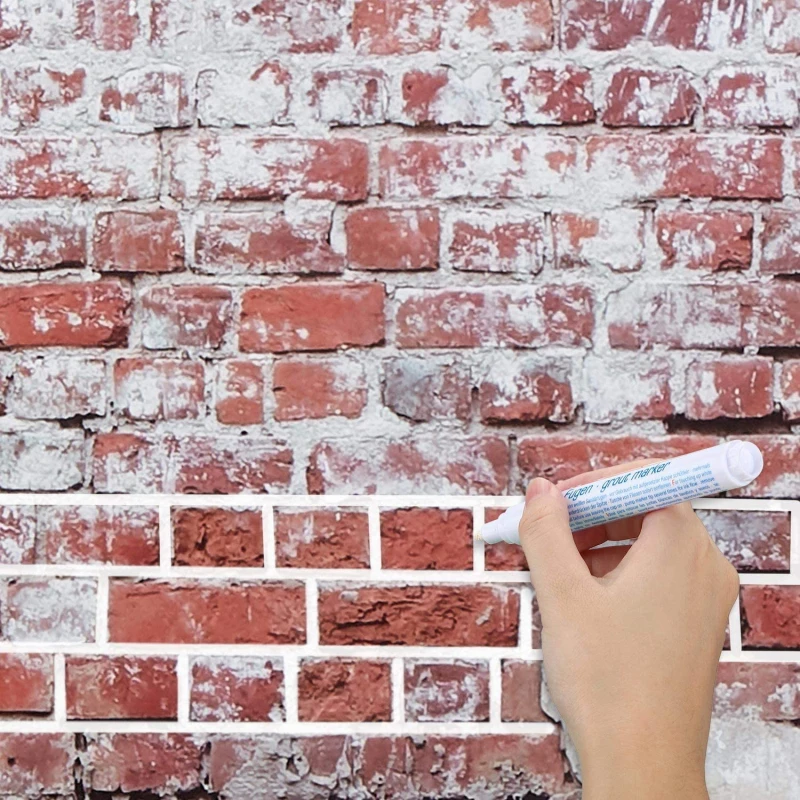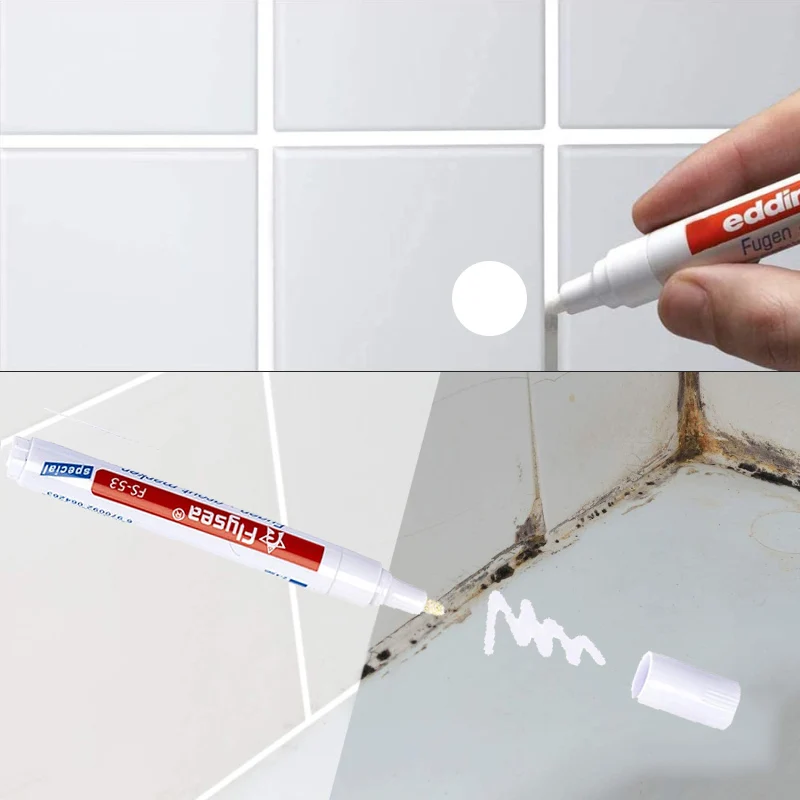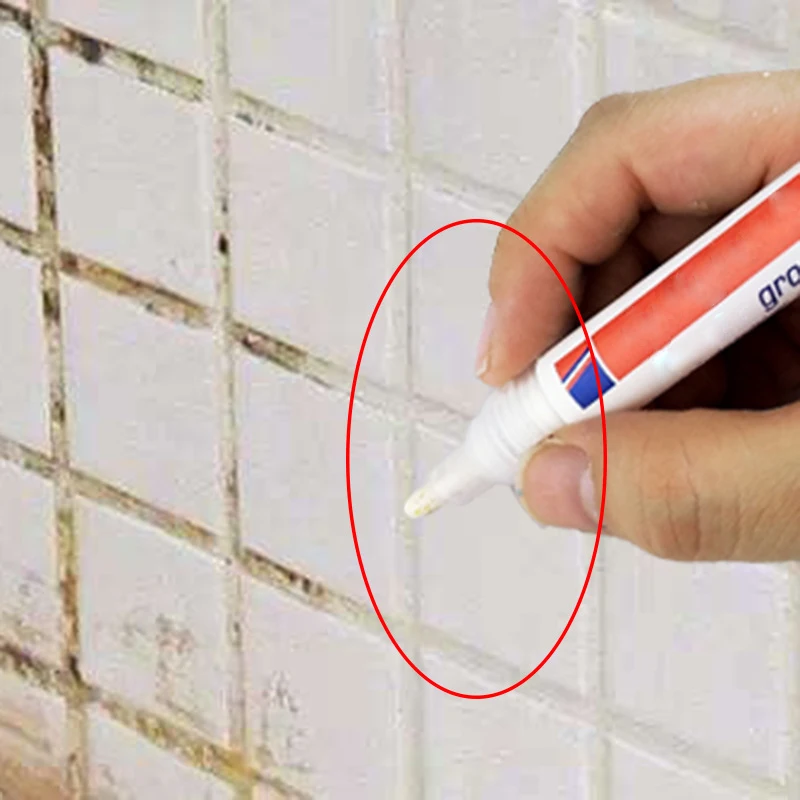A fresh coat of paint can work wonders in transforming any space, and your bathroom is no exception. Painting your bathroom can seem challenging due to the room’s unique conditions like high humidity and various fixtures. However, with the right preparation and techniques, you can achieve a professional-looking result. This detailed guide, “A Step-by-Step Guide on How to Paint Your Bathroom Like a Pro,” will provide you with everything you need to know to make your painting project a success.

Understanding the Unique Challenges of Painting a Bathroom
Bathrooms present a unique set of challenges that differ from other rooms in your home. High humidity levels, frequent temperature changes, and constant moisture exposure mean that special considerations must be taken when painting. Paints that work well in living rooms or bedrooms may not be suitable for bathrooms due to their lack of moisture resistance and durability.
Bathrooms also have more obstacles to work around, such as fixtures, tiles, mirrors, and plumbing. These elements require careful planning and protection during the painting process. Moreover, ventilation is crucial in bathrooms to avoid the buildup of mold and mildew, which can affect the longevity of the paint job.
Understanding these challenges helps you choose the right materials and techniques to ensure your bathroom paint job lasts and remains beautiful. By addressing these specific conditions, you can achieve a professional finish that stands up to the demands of a bathroom environment.
Choosing the Right Paint: A Key Decision
Selecting the appropriate paint for your bathroom is crucial for durability and appearance. Bathrooms require paint that can withstand high humidity, resist mold and mildew growth, and endure frequent cleaning. Here are some factors to consider when choosing paint for your bathroom:
Paint Type
Opt for paint that is specifically formulated for high-moisture environments. Satin or semi-gloss finishes are ideal for bathrooms as they provide a balance between durability and aesthetics. These finishes are more resistant to moisture and easier to clean compared to flat or matte paints. Semi-gloss paint, in particular, offers excellent moisture resistance and a slight sheen that can brighten the room.
Paint Quality
Invest in high-quality paint from reputable brands. While premium paints may be more expensive, they offer better coverage, durability, and longer-lasting results, making the investment worthwhile. Quality paints also have better adhesion properties, reducing the likelihood of peeling or flaking in the humid bathroom environment.
Mold and Mildew Resistance
Look for paints that contain anti-microbial additives to prevent mold and mildew growth. These additives are essential in bathrooms, where moisture and humidity can create an ideal environment for mold. Paints labeled as mildew-resistant or with built-in mold protection are excellent choices.
Color Selection
Choosing the right color can significantly impact the overall atmosphere of your bathroom. Light, neutral colors can make a small bathroom appear larger and brighter, while darker shades can add depth and sophistication. Consider the existing fixtures and decor when selecting a color that complements the overall aesthetic of the room.
By carefully selecting the right type of paint, you ensure that your bathroom not only looks great but also stands up to the unique challenges it faces.
Gathering Your Supplies
Before you begin painting, it’s essential to gather all the necessary supplies to ensure a smooth and efficient process. Having everything on hand will save you time and make the project more manageable. Here’s a list of supplies you’ll need:
- Paint and Primer: Choose high-quality paint and a compatible primer if needed.
- Paint Brushes and Rollers: Use a combination of brushes for detailed work and rollers for larger areas. Ensure the brushes are suitable for the type of paint you’re using.
- Painter’s Tape: To protect fixtures, trim, and any areas you don’t want to paint.
- Drop Cloths and Plastic Sheeting: To protect floors, countertops, and fixtures from paint splatters.
- Sandpaper or Sanding Block: For surface preparation.
- Painter’s Mask: To protect your lungs from paint fumes, especially in a confined space like a bathroom.
- Putty Knife: For filling in holes and cracks.
- Spackle or Filler: To repair any imperfections in the walls.
- Step Ladder: To reach higher areas safely.
- Cleaning Supplies: Mild detergent, sponge, and water for cleaning surfaces before painting.
By gathering all these supplies before starting, you’ll be well-prepared to tackle your bathroom painting project efficiently and effectively.

Preparing the Bathroom: Cleaning and Repairs
Preparation is a critical step that can significantly affect the final result of your painting project. Properly preparing your bathroom will ensure the paint adheres well and lasts longer. Here’s how to prepare your bathroom like a pro:
Thorough Cleaning
Start by cleaning the walls and surfaces to remove any dust, grime, or soap scum that could interfere with paint adhesion. Use a mild detergent mixed with water and a sponge to scrub the walls gently. Pay extra attention to areas around sinks, showers, and toilets where buildup is more likely. Rinse the surfaces with clean water and allow them to dry completely.
Repairing Imperfections
Inspect the walls for any cracks, holes, or uneven areas. Use a spackle or filler to repair these imperfections. Apply the filler with a putty knife and smooth it out, ensuring it’s level with the surrounding surface. Once dry, sand the repaired areas until smooth to the touch.
Sanding for a Smooth Surface
Sanding the walls helps create a smooth surface for the paint to adhere to. Use a fine-grit sandpaper or sanding block to gently sand the entire area to be painted. This step is particularly important if the walls were previously painted with a glossy finish. After sanding, wipe the walls with a damp cloth to remove any dust.
Priming: A Crucial Step for Longevity
Priming is an essential step in the painting process, especially in high-moisture areas like bathrooms. A good primer helps the paint adhere better, enhances coverage, and provides a uniform base for the topcoat. Here’s how to prime your bathroom walls effectively:
Choosing the Right Primer
Select a primer designed for high-moisture environments. Look for primers labeled as mold and mildew resistant, as these will provide the best protection in a bathroom setting. Oil-based or high-quality latex primers are excellent choices for achieving a durable, long-lasting finish.
Applying the Primer
Begin by using a brush to cut in around edges, corners, and trim. This ensures that all areas are covered and provides a clean line for rolling the larger surfaces. Use a roller to apply the primer to the rest of the walls, working in small sections and using even, overlapping strokes.
Ensure the primer is applied evenly, as this will affect the final appearance of the paint. Pay extra attention to areas prone to moisture, such as above showers and around sinks.
Painting Techniques for a Professional Finish
Painting your bathroom requires careful attention to detail and the right techniques to achieve a smooth, even finish. Here are some painting tips to help you paint like a pro:
Cutting In
Start by “cutting in” the edges and corners of the walls with a brush. This involves painting a few inches out from the edges where a roller can’t reach. Cutting in creates a border that ensures full coverage and clean lines. Use a high-quality angled brush for precision and control. Apply the paint in smooth, even strokes, and feather out the edges to blend with the roller-applied paint.
Rolling the Walls
Once the edges and corners are done, use a roller to paint the larger wall surfaces. Load the roller with paint and use the “W” or “M” technique to apply it to the wall. This involves creating a “W” or “M” shape with the roller, then filling it in with horizontal strokes. This method helps distribute the paint evenly and reduces roller marks.
Work in small sections, one at a time, to ensure even coverage. Roll over each section multiple times to blend the paint and achieve a smooth finish. Use a roller extension pole to reach higher areas without the need for a ladder.
Applying Multiple Coats
Most paint jobs require at least two coats for optimal coverage and durability. Allow the first coat to dry completely, then inspect it for any thin spots or streaks. Apply a second coat using the same techniques, ensuring even coverage. Additional coats may be needed for dark colors or if you’re painting over a contrasting color.

Conclusion: Enjoy Your Beautifully Painted Bathroom
Painting your bathroom like a pro is a rewarding project that can significantly enhance the beauty and functionality of your space. By understanding the unique challenges, choosing the right paint, and following a detailed step-by-step process, you can achieve a professional finish that lasts.
Take pride in your newly painted bathroom and enjoy the fresh, clean look it brings to your home. With proper care and maintenance, your bathroom will continue to be a pleasant, inviting space for you and your family to enjoy.
With this comprehensive guide, “A Step-by-Step Guide on How to Paint Your Bathroom Like a Pro,” you have all the information you need to tackle your bathroom painting project with confidence. Whether you’re a seasoned DIY enthusiast or a beginner, these tips and techniques will help you achieve a stunning result that you can be proud of.
